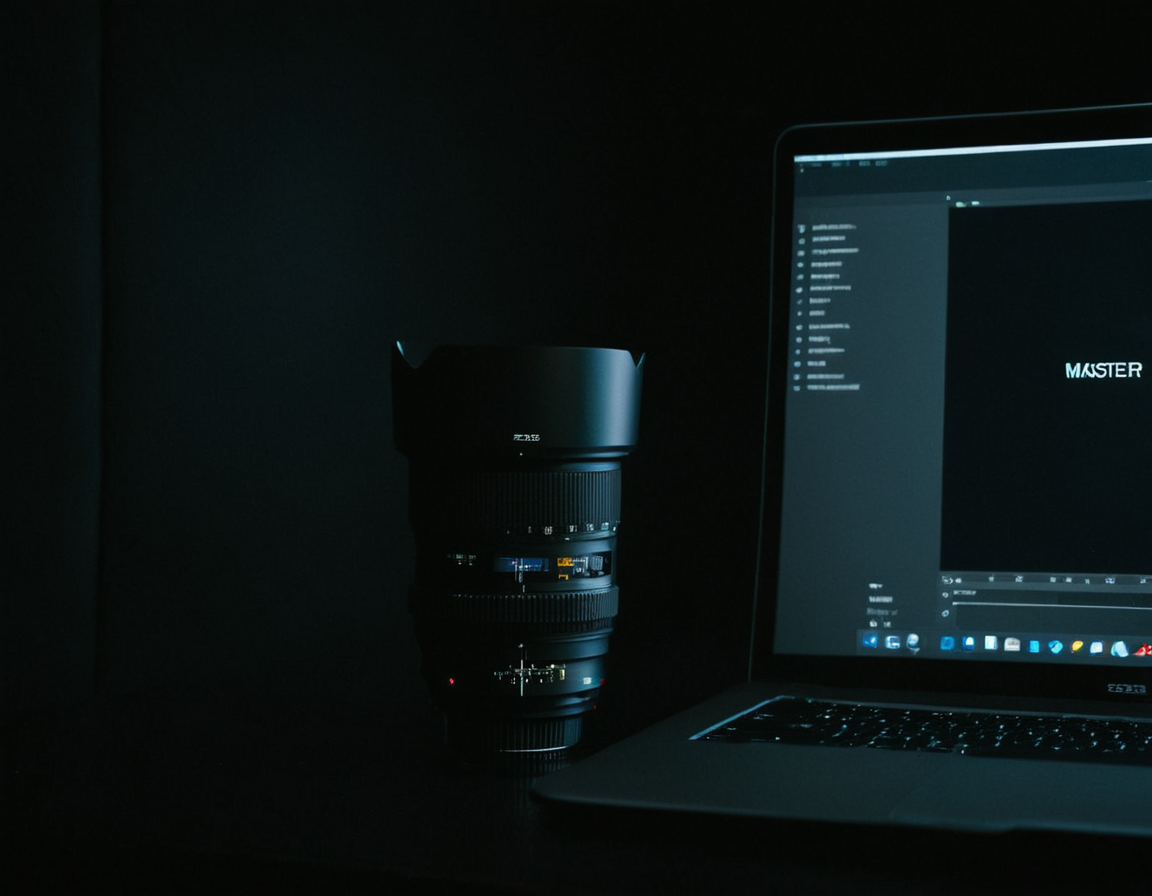Master Zeiss Lenses Creativity in Lightroom & PS

Unlocking Creative Control: A Guide to Working with Zeiss Lenses in Adobe Lightroom and Photoshop
Introduction
As photographers, we’re constantly seeking ways to elevate our craft and push the boundaries of what’s possible. One key tool that can help us achieve this is the Zeiss lens. With its exceptional image quality and unique characteristics, it’s no wonder why many professionals turn to these lenses for their projects. In this guide, we’ll delve into the world of working with Zeiss lenses in Adobe Lightroom and Photoshop, exploring the ins and outs of creative control.
Working with Zeiss Lenses in Adobe Lightroom
When it comes to editing with Zeiss lenses, understanding the nuances of their behavior is crucial. This includes factors such as distortion, chromatic aberration, and vignetting. In Lightroom, you can use the Adjustments panel to fine-tune these settings. However, it’s essential to remember that Zeiss lenses are designed to produce unique results, so be prepared for some experimentation.
For instance, if you’re working with a lens known for its distortion, you may need to apply a more aggressive correction in Lightroom to achieve the desired look. Conversely, if you’re aiming for a specific aesthetic, you might choose to leave these effects intact. The key is finding that balance between creative intent and technical execution.
Working with Zeiss Lenses in Adobe Photoshop
Photoshop provides an entirely different set of tools for working with Zeiss lenses. Here, you can delve deeper into the world of image manipulation, using techniques such as layer masks, adjustments layers, and more advanced masking methods.
One technique that’s particularly useful when working with complex lens effects is the use of layer blending modes. By combining multiple layers or adjusting the blend mode on individual layers, you can create some truly stunning results. For example, if you’re looking to add a subtle vignette effect to your image, using the “Multiply” blend mode can produce some remarkable results.
Practical Example: Achieving a Specific Aesthetic
Let’s take a practical example of how we might work with a Zeiss lens in Photoshop to achieve a specific aesthetic. Suppose you’re aiming for a film-like look, complete with subtle vignetting and color grading. In this scenario, you wouldn’t simply apply a pre-made preset; instead, you’d focus on crafting each element individually.
First, you’d create a new layer for the vignette effect and apply the “Multiply” blend mode. Next, you’d use the Gradient Tool to subtly adjust the opacity of this layer, creating a sense of depth and dimensionality. Finally, you’d work on your color grading by using the Color Grading panel in Photoshop.
Conclusion
Working with Zeiss lenses requires a deep understanding of their unique characteristics and how they interact with our editing software. While it’s tempting to rely on presets or shortcuts, true creative control comes from taking the time to experiment and understand the intricacies of each lens. By following this guide, you’ll be well on your way to unlocking the full potential of Zeiss lenses in Adobe Lightroom and Photoshop.
So, what are you waiting for? Take the first step towards mastering the art of working with these incredible lenses. Experiment, push boundaries, and see where the creative possibilities take you.
Tags
zeiss-lenses-photography creative-control-lightroom adobe-photoshop-tips artistic-editing-techniques professional-photojournalism
About Isabella Anderson
As a seasoned photographer and educator, I help creatives unlock their full potential on lentecreativa.com. With 3+ yrs of experience teaching photography techniques & tips, I've worked with top brands to develop innovative tools for photographers. Let's chase those shots!
